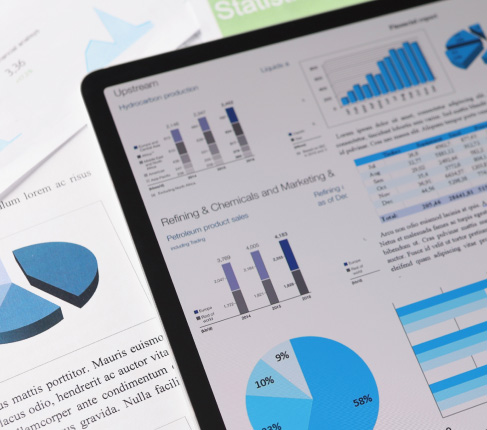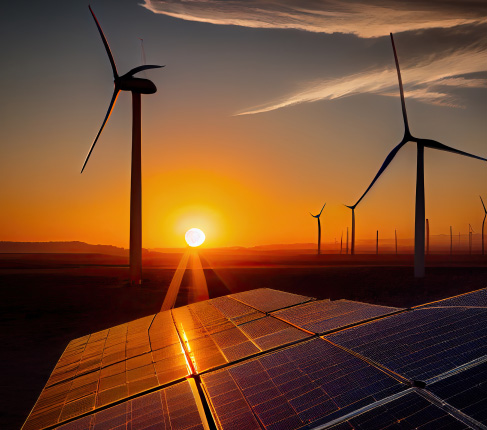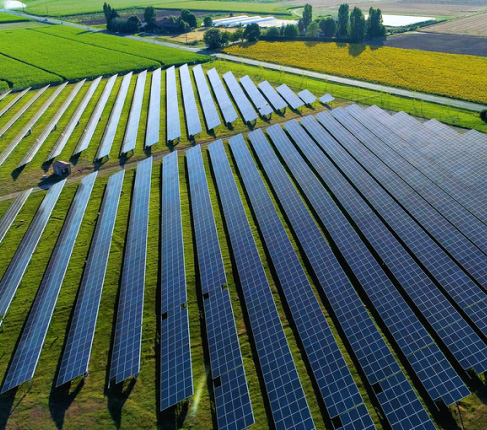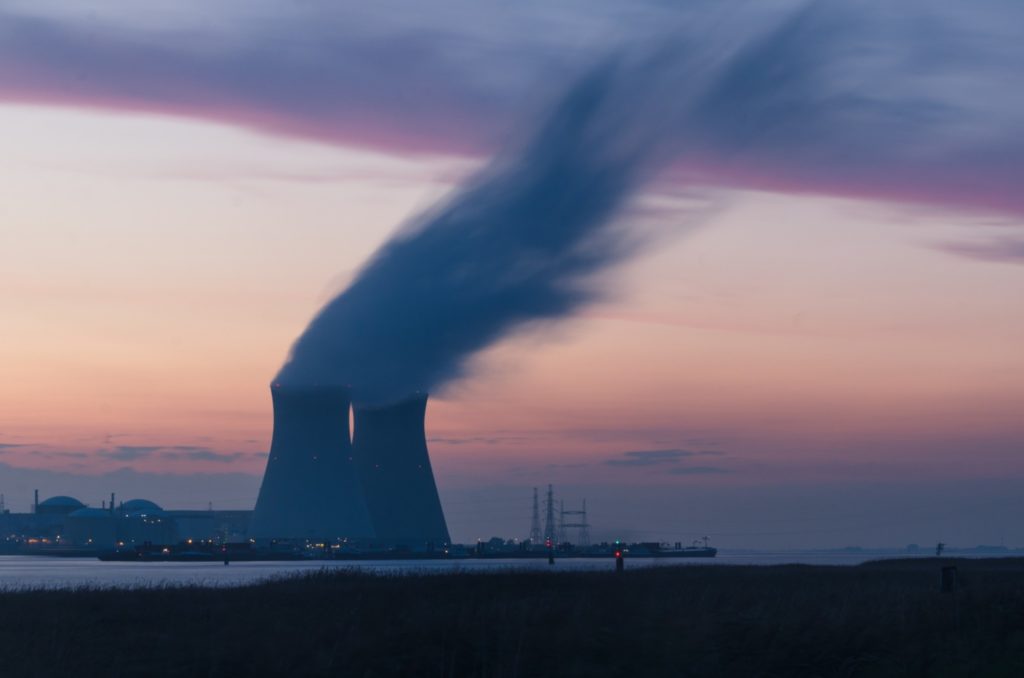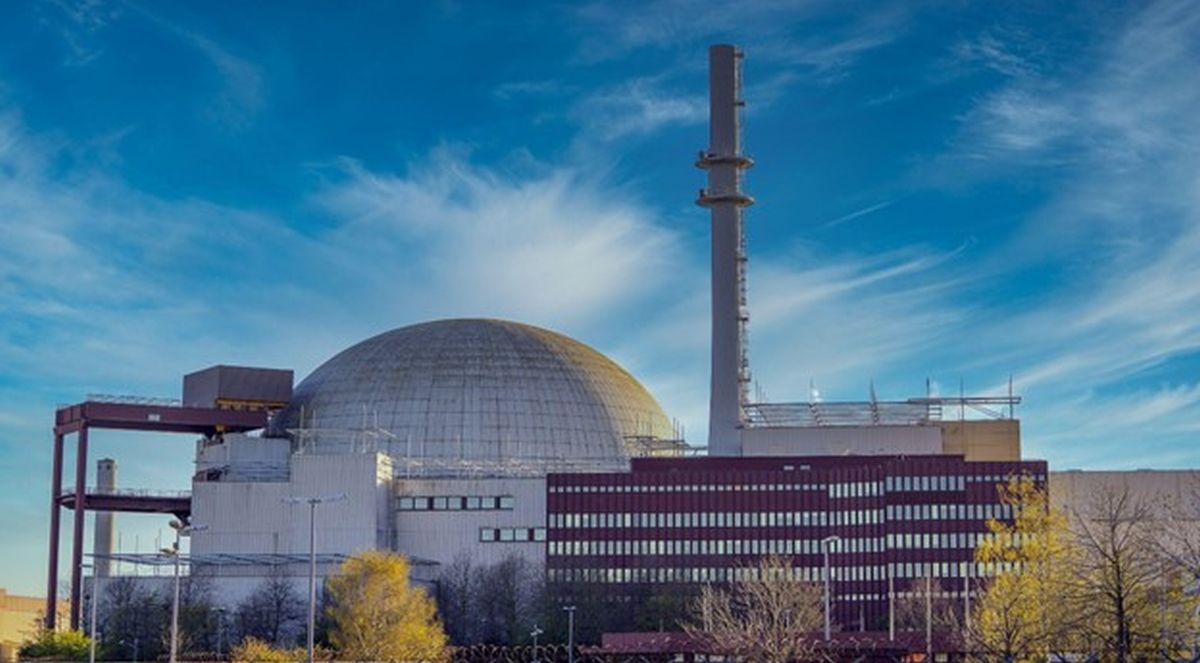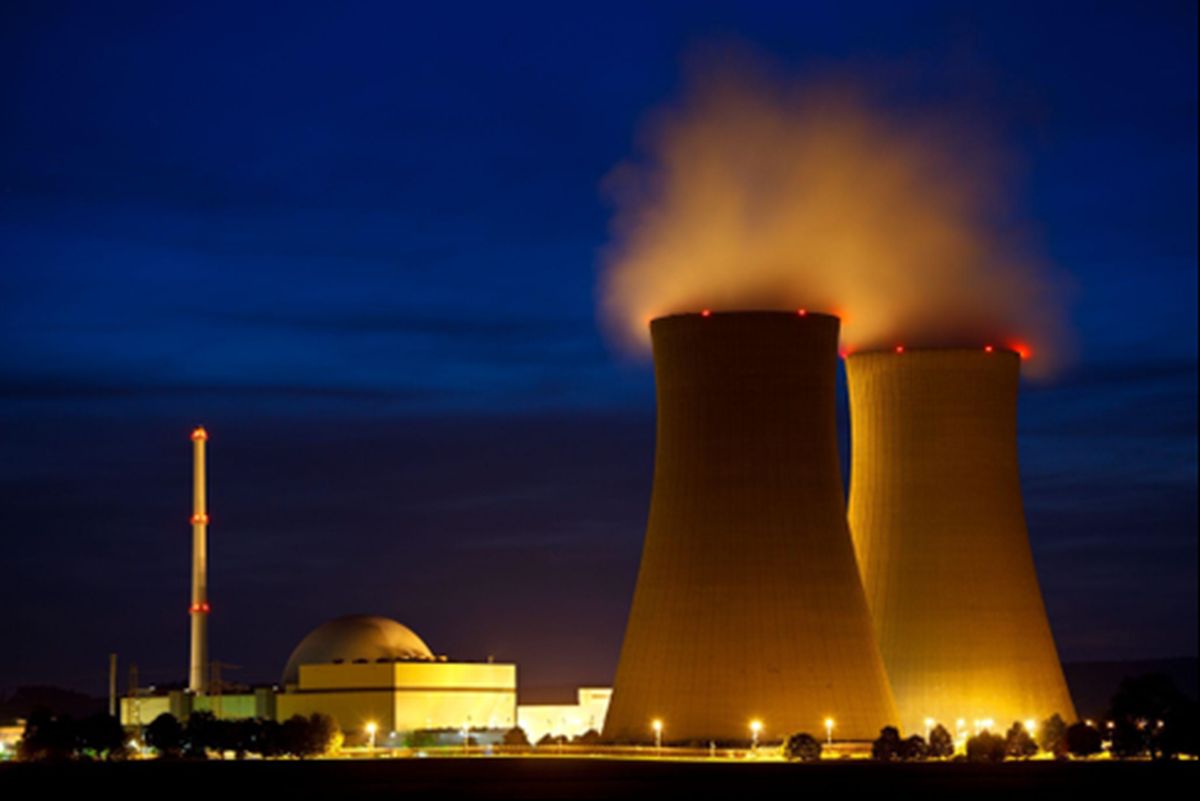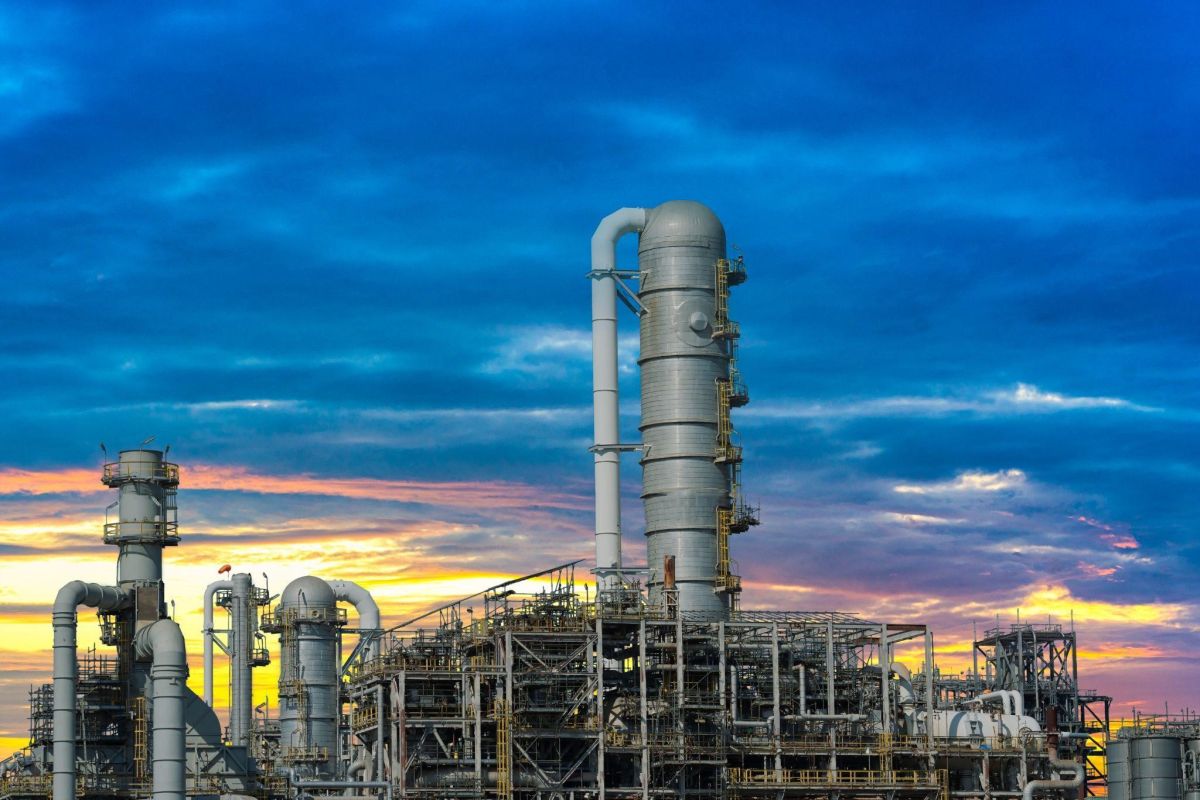Constellation, the largest producer of carbon-free energy in the U.S., is focusing on how its nuclear power plants will be used in the production of hydrogen and DAC (direct air capture) technology. According to their first sustainability report, which was released on September 7, 2022, 25% of the U.S. fleet is made up of a “clean energy center” model at Constellation’s nuclear power plants, which has contributed to a collaboration between the U.S. Department of Energy (DOE) and Constellation to implement a pilot project.
The project will demonstrate hydrogen production, storage, and on-site use of nuclear power that will come through Nel Hydrogen’s 1 MW electrolyzer, which is powered by its Nine Mile Point Nuclear Station in Oswego, New York; and the project is expected to begin hydrogen production before the end of 2022.
As hydrogen’s demand is expected to increase up to 41 million metric tons per year by 2050, which is four times more than the current demand, it is being combined with traditional gas-fired turbines in power generation applications. Hydrogen is also an important energy resource in industrial and transportation applications.
The U.S. Department of Energy is funding a study to research direct air capture technology at Byron, Constellation’s nuclear power plant in northern Illinois, and for this DOE will give $2.5 million to the company and several others who will partner with them.
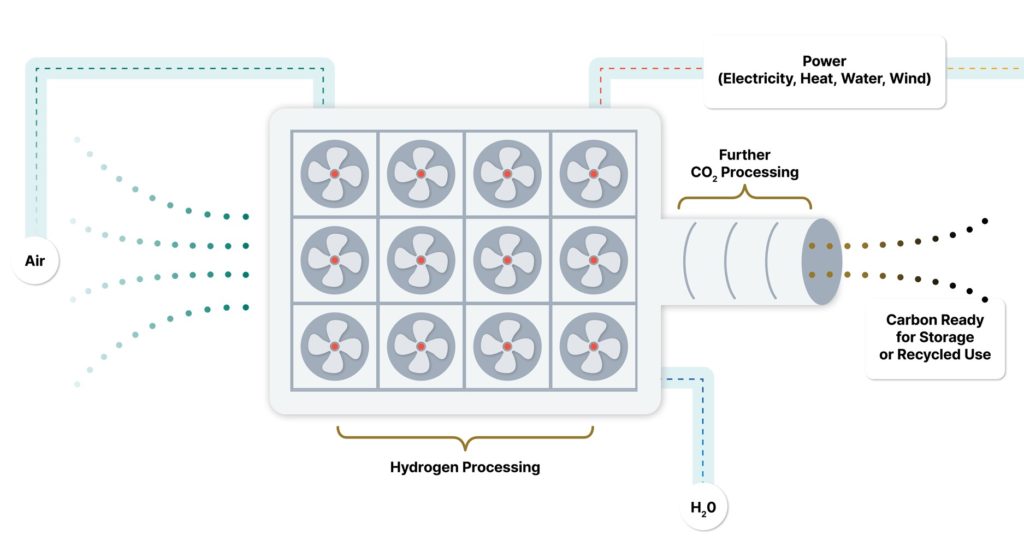
This proposed study, explains that a chemical solution will be added to water flowing through the facility’s main condenser on the non-nuclear side of the Byron plant. After traveling through the condenser, the water will travel out to the cooling towers. This is where CO2 in the air will attach itself to the chemical solution and be captured and isolated.
This study is expected to be completed in 2023. It is designed to take advantage of the clean water vapor flow from the plant’s cooling towers. Constellation stated that it could lead to the plant becoming a DAC hub.
Around 90% of Constellation’s generation comes from solar, wind, nuclear, and hydroelectric resources. They aim to generate 95% of clean energy by 2030 and 100% by 2040. Moreover, the recent authorization of the Inflation Reduction Act credits the DAC technology.
Disclaimer: Any opinions expressed in the blog do not necessarily reflect the opinions of Certrec. The content of this blog is meant for informational purposes only.





